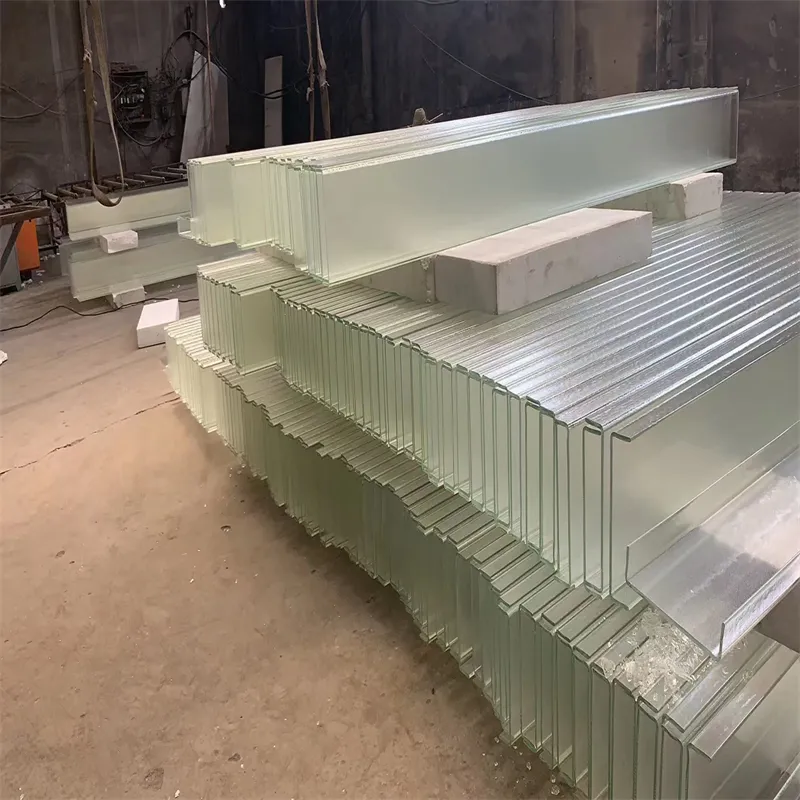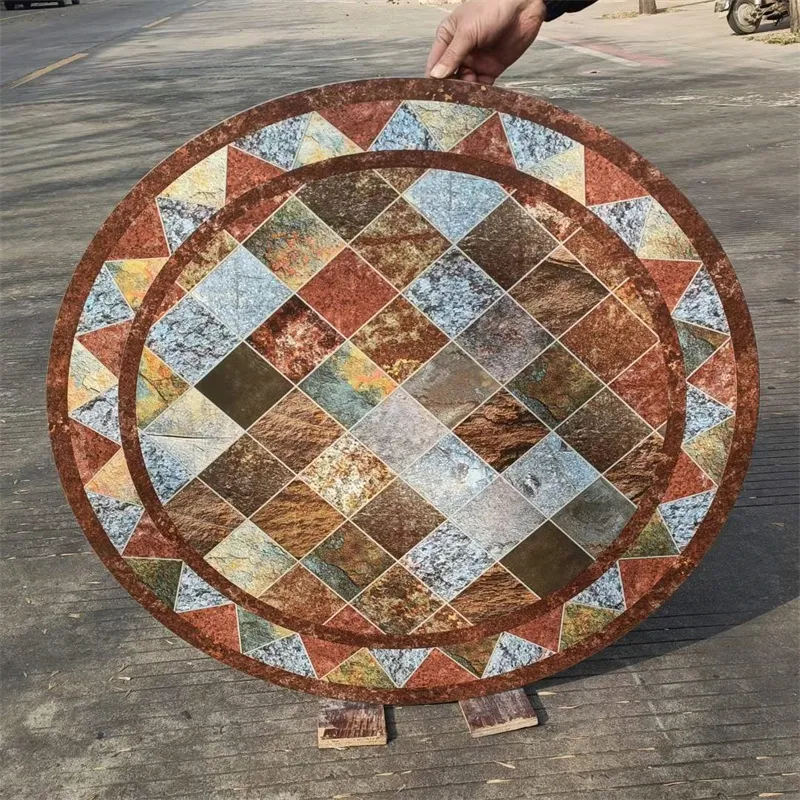Sep . 15, 2024 19:04 Back to list
8.38 Laminated Glass - Durable, Safe, and Stylish Solutions
Understanding 8.38% Laminated Glass Features, Benefits, and Applications
Laminated glass is a type of safety glass that consists of two or more layers of glass bonded together with an interlayer, usually made of polyvinyl butyral (PVB) or ethylene-vinyl acetate (EVA). This special construction enhances the glass's strength, durability, and safety. One of the notable variants is 8.38% laminated glass, which refers to the thickness and composition of the laminate. This glass typically consists of two layers of 4mm glass with a 0.76mm PVB interlayer, resulting in a total thickness of approximately 8.38mm.
Strength and Safety
One of the primary advantages of 8.38% laminated glass is its incredible strength. The interlayer acts as a shock absorber, which helps to hold the glass pieces together even when they are shattered. This characteristic significantly reduces the risk of injury from flying glass shards, making it an ideal choice for buildings, storefronts, and vehicles. In high-impact environments, such as schools or public buildings, opting for laminated glass increases overall safety for occupants and passersby.
Sound Insulation
Another noteworthy feature of 8.38% laminated glass is its sound insulation properties. The PVB interlayer effectively dampens sound waves, making it an excellent option for noisy urban environments or any situation where noise reduction is desired. By incorporating laminated glass into windows and other structures, architects can create quieter and more comfortable indoor spaces, enhancing the quality of life for residents and workers alike.
UV Protection
8.38 laminated glass

Laminated glass also offers significant benefits in terms of UV protection. The interlayer effectively blocks up to 99% of harmful ultraviolet rays while still allowing natural light to penetrate. This property helps protect furniture, flooring, and artworks from fading due to sun exposure, making it an excellent choice for homes and offices that value aesthetic preservation.
Aesthetic Versatility
8.38% laminated glass is not only functional but also aesthetically pleasing. It is available in various colors, tints, and finishes, allowing architects and designers to customize the appearance of buildings easily. Whether used in storefronts, office buildings, or residential properties, laminated glass can elevate the overall architectural design while providing essential performance benefits.
Applications and Trends
The application of 8.38% laminated glass is versatile, spanning numerous industries. It is commonly found in automotive manufacturing for windshields, in residential applications for windows and doors, and in commercial buildings for facades and partitions. As the demand for energy-efficient and sustainable building solutions rises, laminated glass continues to gain popularity. Innovations in manufacturing technologies also contribute to improvements in performance and reduction in costs, making it more accessible for various projects.
Conclusion
In conclusion, 8.38% laminated glass represents a remarkable fusion of strength, safety, sound insulation, and aesthetic appeal. Its unique properties make it a preferred choice for a variety of applications across industries. As safety regulations become stricter and the desire for sustainable building materials grows, laminated glass will likely play a critical role in the future of architecture and construction. By investing in this advanced material, builders, architects, and homeowners can ensure they are leading the way in creating safer, more efficient, and aesthetically pleasing environments.
-
Safety and Style with Premium Laminated Glass Solutions
NewsJun.24,2025
-
Reinvents Security with Premium Wired Glass
NewsJun.24,2025
-
Premium Float Glass Line for Modern Architecture
NewsJun.24,2025
-
Low Emissivity Glass for Energy-Efficient Architecture
NewsJun.24,2025
-
High-Performance Insulated Glass Solutions for Modern Architecture
NewsJun.24,2025
-
Elevates Interior Style with Premium Silver Mirror
NewsJun.24,2025
Related PRODUCTS














